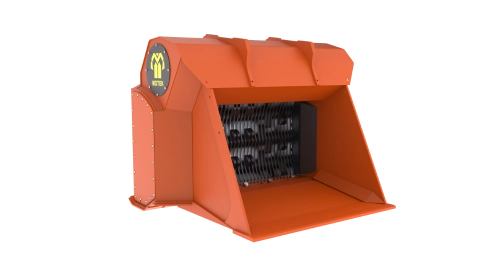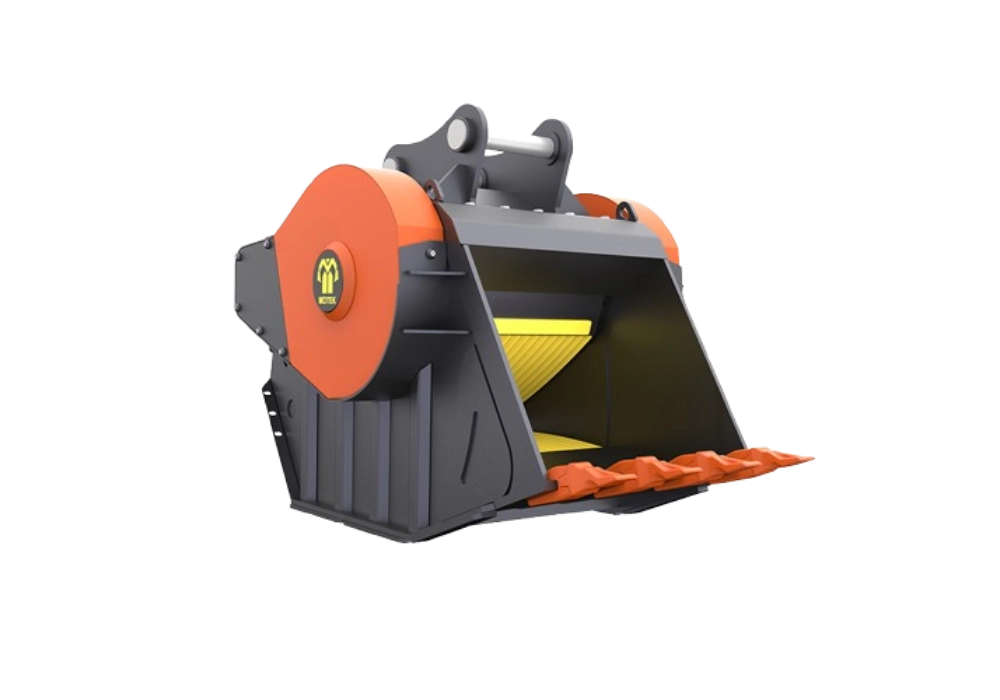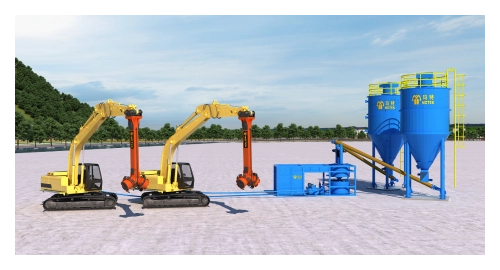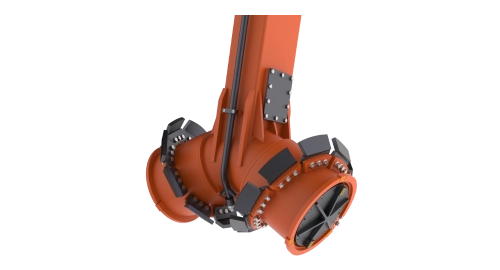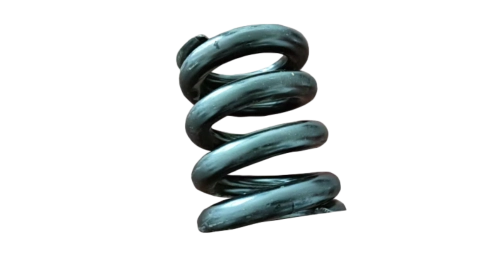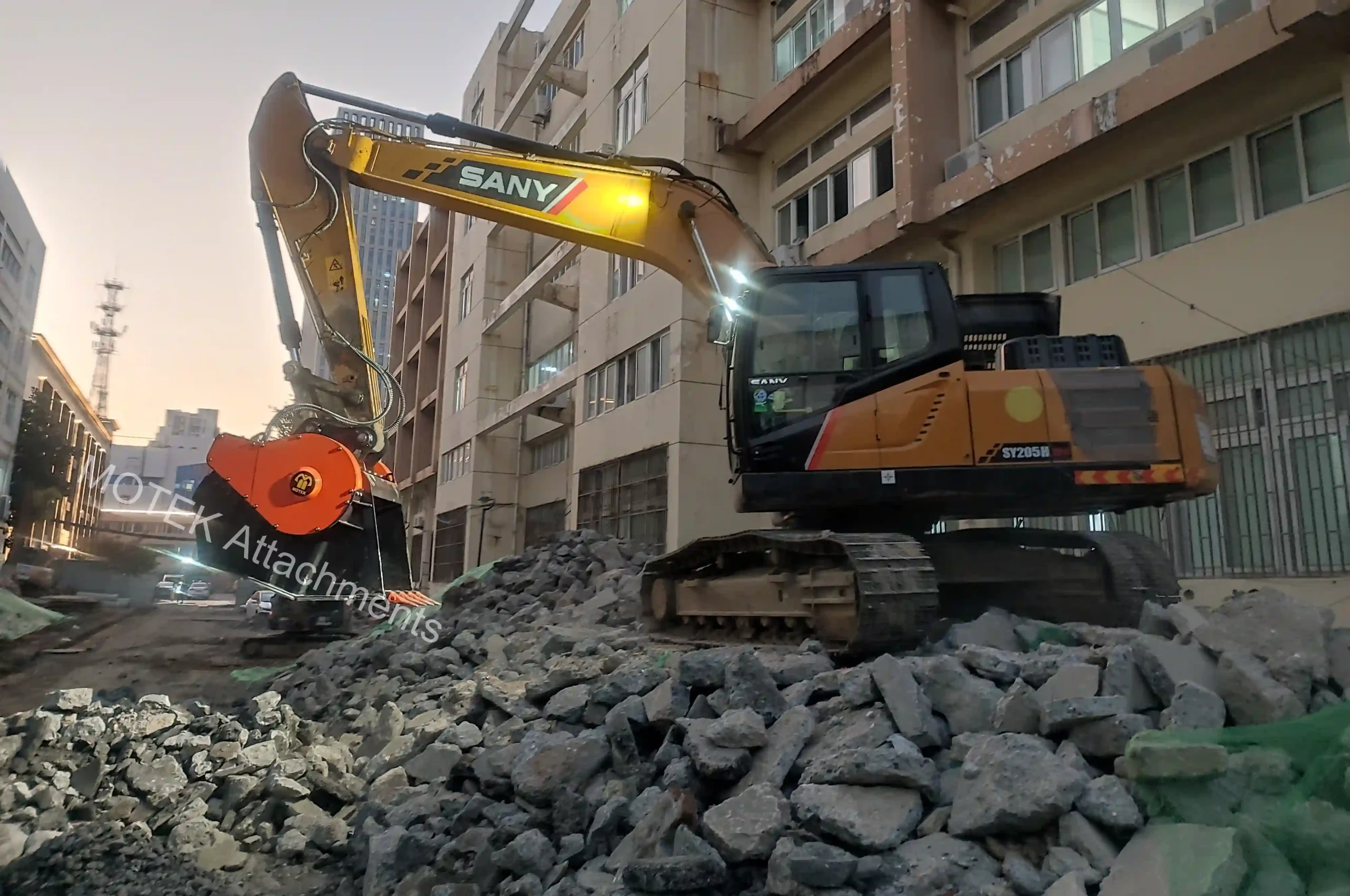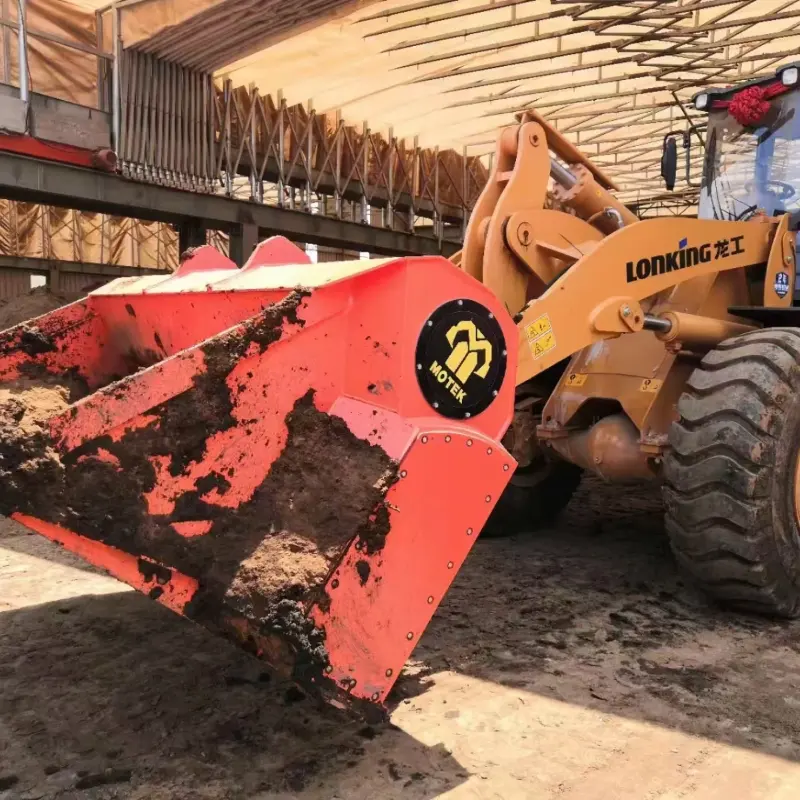MOTEK Crusher Buckets in Urban Construction Waste Treatment
Release time: 2025-03-21

With the acceleration of urbanization, construction waste has become a problem that plagues the sustainable development of cities. Traditional treatment methods such as landfill or transportation are not only costly, but may also cause environmental pollution. As a high-efficiency equipment that has emerged in recent years, MOTEK mobile bucket crusher provides an innovative solution for urban construction waste treatment through the “on-site crushing + resource recycling” model.
Environmental protection benefits: transformation from “pollution source” to “renewable resource”
1. Reduce the occupation of land by landfill: Construction waste accounts for 30%-40% of urban solid waste. Traditional landfill requires a large amount of land and damages the ecology. MOTEK crushing bucket can crush concrete, bricks and other garbage into 0-50mm recycled aggregates on the construction site, directly replacing natural sand and gravel, increasing the garbage resource rate to more than 90%, and significantly reducing the demand for landfill.
2. Suppress dust and noise pollution: Compared with traditional crushing plants, excavator crusher bucket is mostly equipped with closed structures and spray dust reduction systems, which reduce dust emissions by more than 70% during operation. It is directly installed on the excavator or loader, without the need for additional transportation, reducing the number of heavy trucks entering the city, and can reduce traffic noise and exhaust pollution.
3. Promote the development of circular economy: Recycled aggregates can be used to pave temporary roads, make permeable bricks or backfill foundations, forming a “demolition-crushing-reuse” closed loop. Taking the treatment of 10,000 tons of construction waste as an example, it can reduce about 6,000 tons of carbon dioxide emissions (data source: EU Construction Waste Circular Economy Report), helping to achieve the “dual carbon” goal.
Economic benefits: the “golden lever” for cost reduction and efficiency improvement
1. Save transportation and disposal costs: The cost of transporting construction waste in urban areas usually accounts for 50%-70% of the total processing cost. Taking Beijing as an example, the cost of transporting to the suburbs is about 80-120 yuan/ton, and after on-site treatment by the bucket crushers, the volume of garbage is reduced by 60%-70%, the transportation frequency is greatly reduced, and the comprehensive cost can be saved by more than 40%.
2. Create income from recycled materials: The market price of recycled aggregates is about 50%-70% of natural materials. Based on the current market price of 30-60 yuan/ton, a single excavator crusher bucket can process 200-300 tons per day, which can increase the daily income of the project party by thousands of yuan. Some cities also provide subsidies for the use of recycled building materials to further expand the profit space.
3. Shorten the construction period and enhance the competitiveness of the project: In the traditional mode, garbage removal needs to coordinate the transportation fleet and landfill schedule, which is easy to delay the construction period. MOTEK crusher bucket for sale can achieve “dismantle and break immediately”, shortening the construction period by 20%-30%, which is particularly suitable for scenes with high timeliness requirements such as urban reconstruction and subway construction.
Efficiency advantage: highly adaptable “space magician”
1. Breaking through site limitations: Urban construction sites are often small, and traditional fixed crushing stations are difficult to deploy. MOTEK crushing bucket only requires 3×3 meters of operating space, and can be carried on a variety of construction machinery, and flexibly shuttled in complex environments such as old neighborhoods and underground garages.
2. Intelligent operation lowers the threshold: The new generation of MOTEK crusher buckets is equipped with a hydraulic adjustment system, which can switch the crushing particle size (5-150mm) with one button; intelligent sensing technology monitors the equipment load in real time to avoid material jamming and downtime. Operators can take up their posts after short-term training, saving 30% of labor costs.
3. Multi-scenario compatibility: In addition to conventional concrete crushing, by replacing the jaw plate, the same equipment can handle steel bar mixtures, asphalt pavement, etc., realizing “one machine with multiple functions”. Some models also integrate magnetic separation function, which can automatically separate steel bars and improve resource recovery rate.
Social Benefits: The “Invisible Pusher” of Urban Governance
1. Alleviate the “garbage siege” contradiction: Taking Shanghai as an example, more than 100 million tons of construction waste are generated annually, and the gap in traditional processing capacity is 40%. The promotion of crusher buckets can quickly improve the self-processing capacity of urban areas and avoid citizen complaints and safety hazards caused by garbage accumulation.
2. Promote green employment: Industrial chains such as recycled building materials production and equipment maintenance can create new jobs. EU research shows that the construction waste resource industry can provide 3-5 jobs for every 10,000 tons of processing, which has significant social value.
3. Assist in the construction of smart cities: Some crushing buckets have been connected to the Internet of Things platform, uploading processing data in real time, providing a basis for the government to monitor the flow of garbage and optimize resource allocation. Beijing Tongzhou Sub-Center and other projects have incorporated this data into the urban management brain system.
From “end-of-pipe treatment” to “source revolution” : The value of MOTEK crusher bucket lies not only in technological innovation, but also in the reconstruction of the construction waste treatment paradigm: by moving the treatment link to the demolition site, it breaks the linear model of “generation-transportation-disposal” and promotes the city’s transformation to a circular model of “reduction, resource utilization, and localization”. This technology is expected to become a standard configuration for smart city construction and inject green momentum into the high-quality development of cities.


